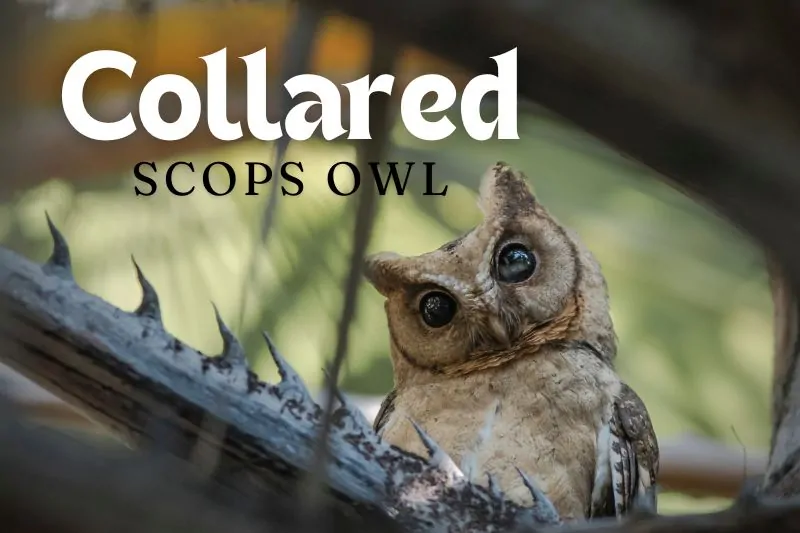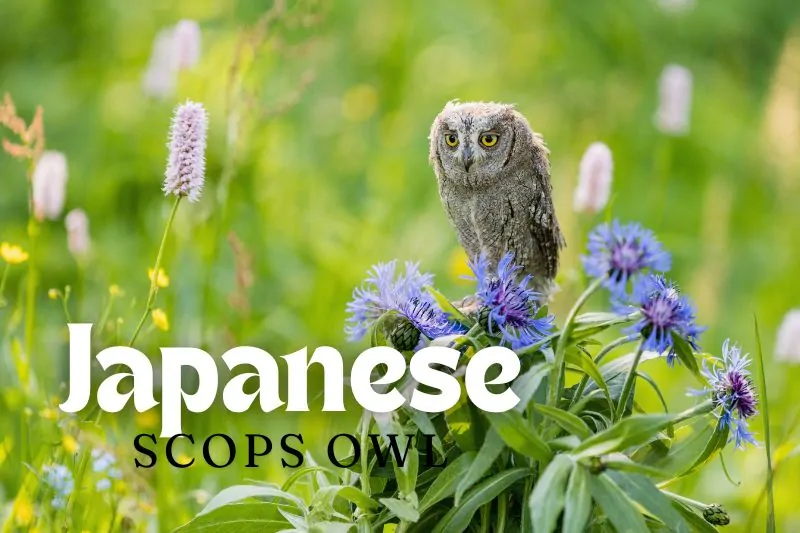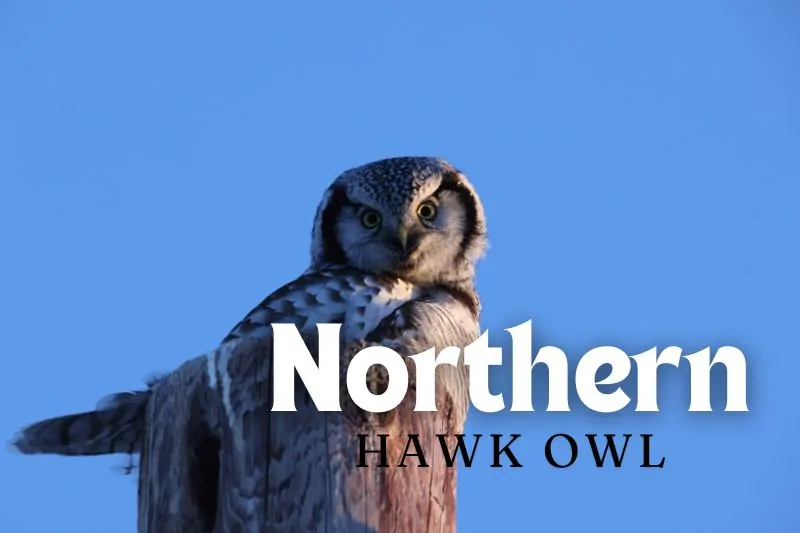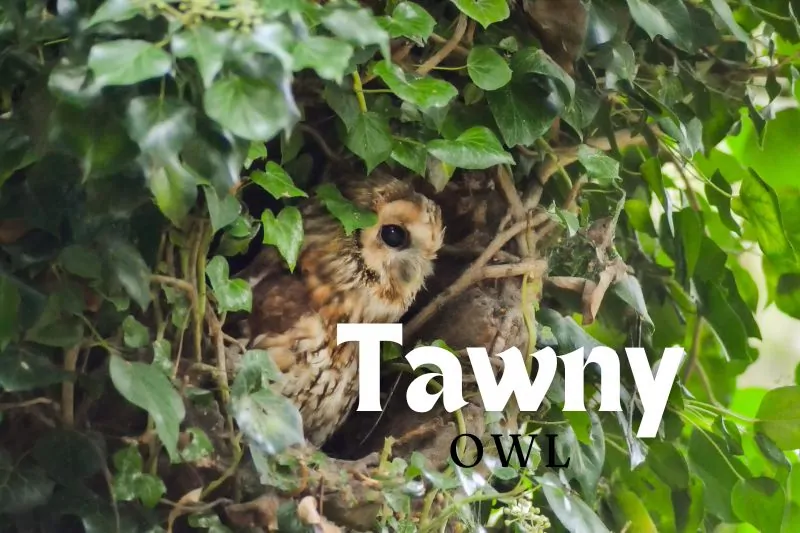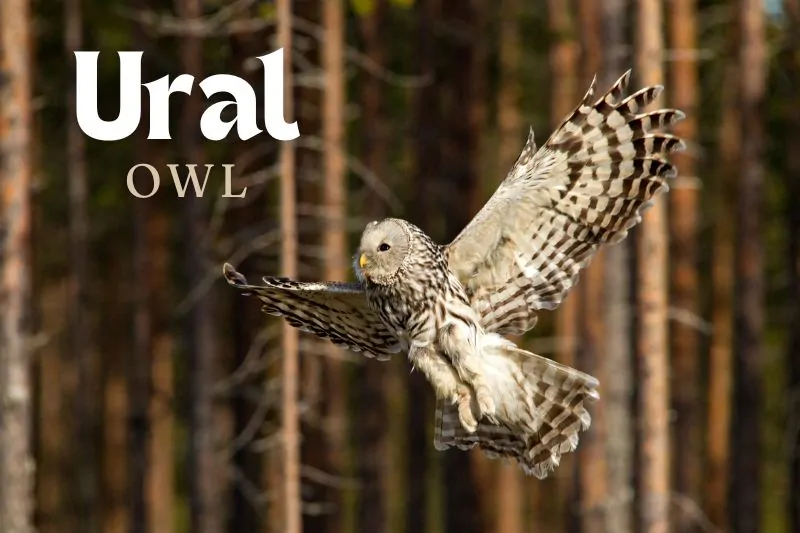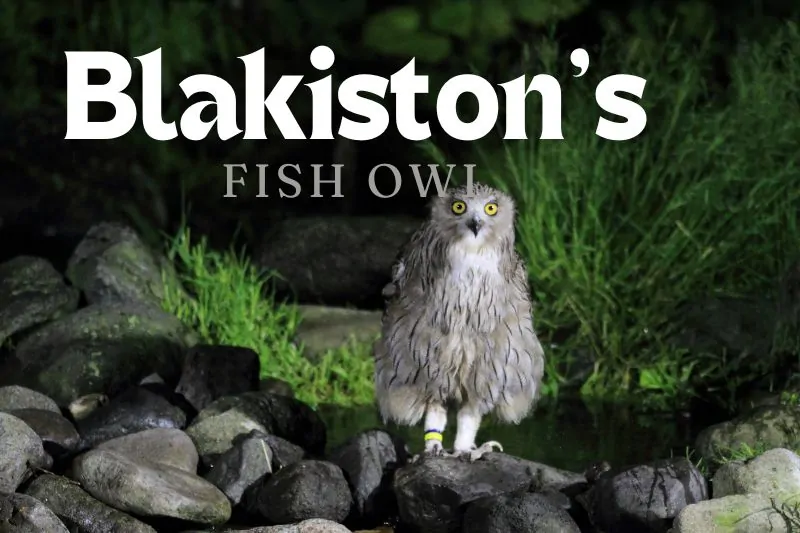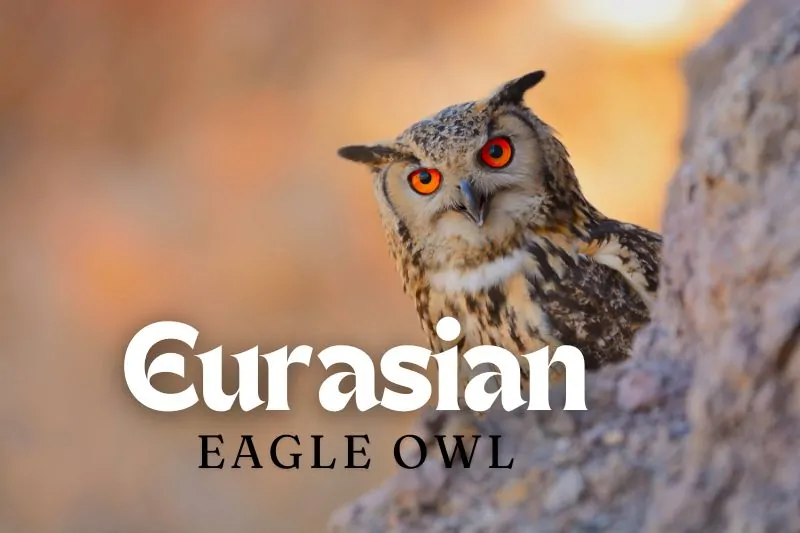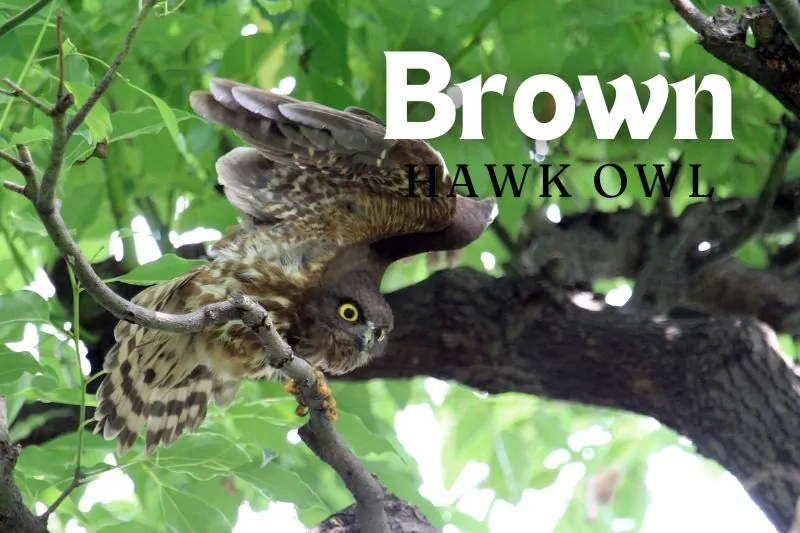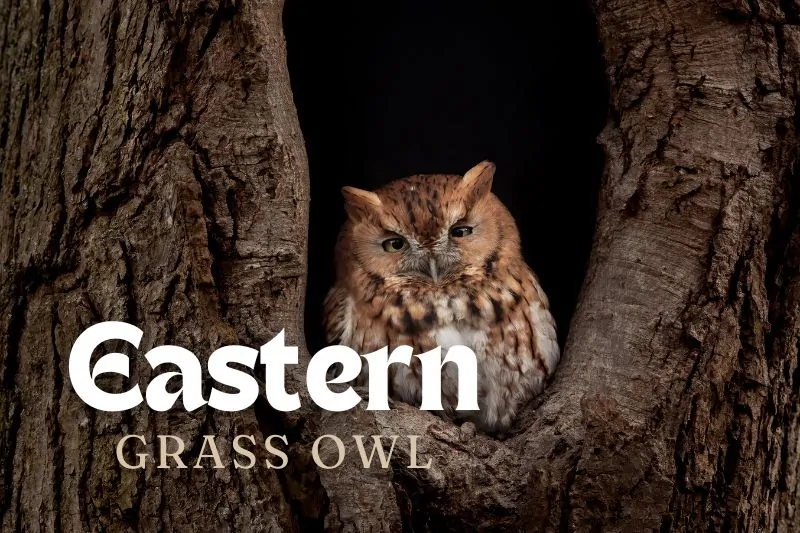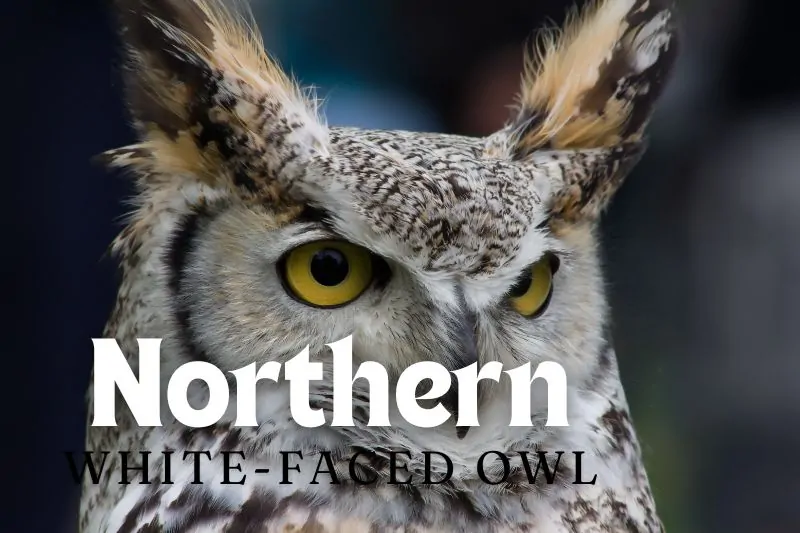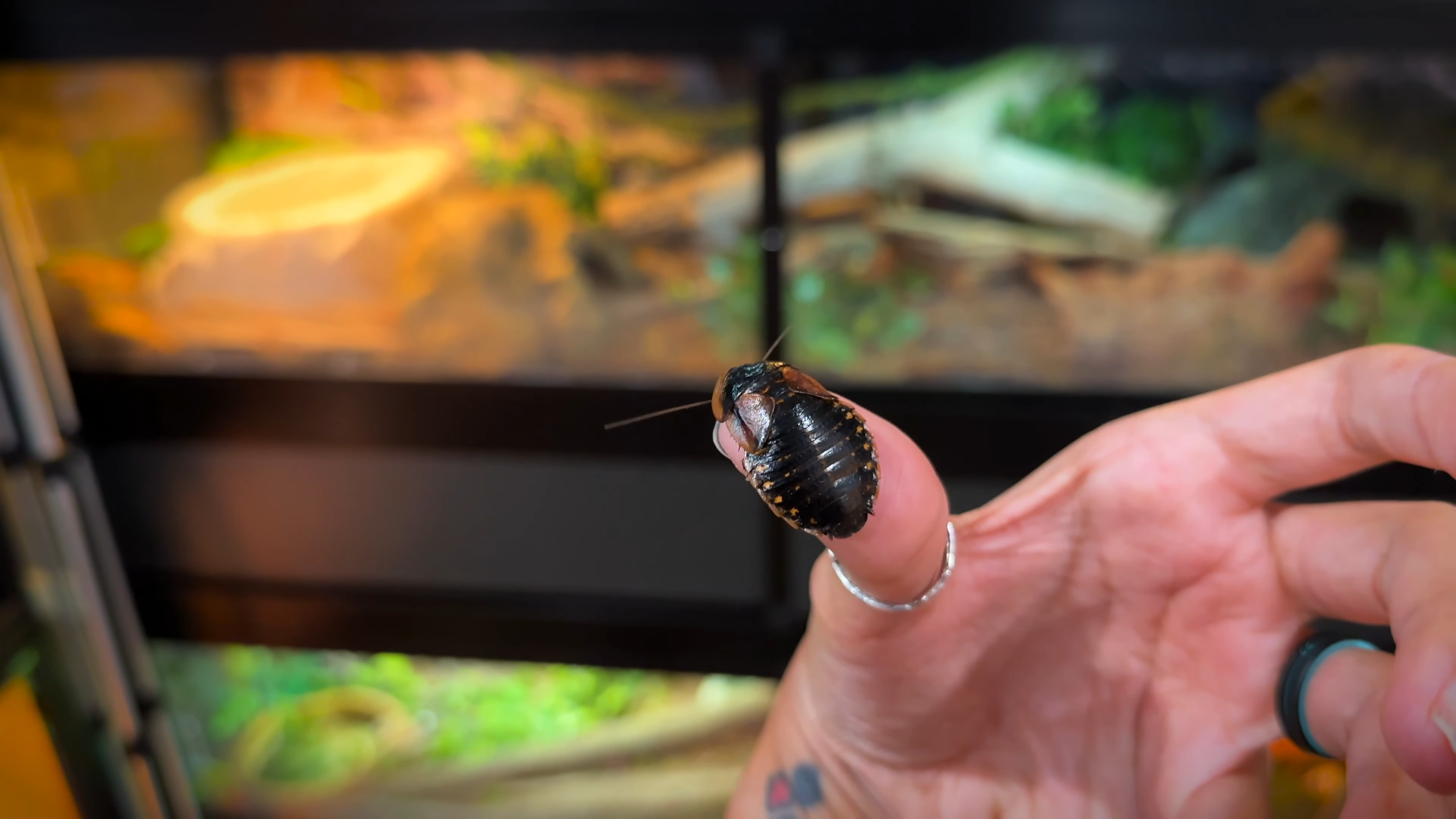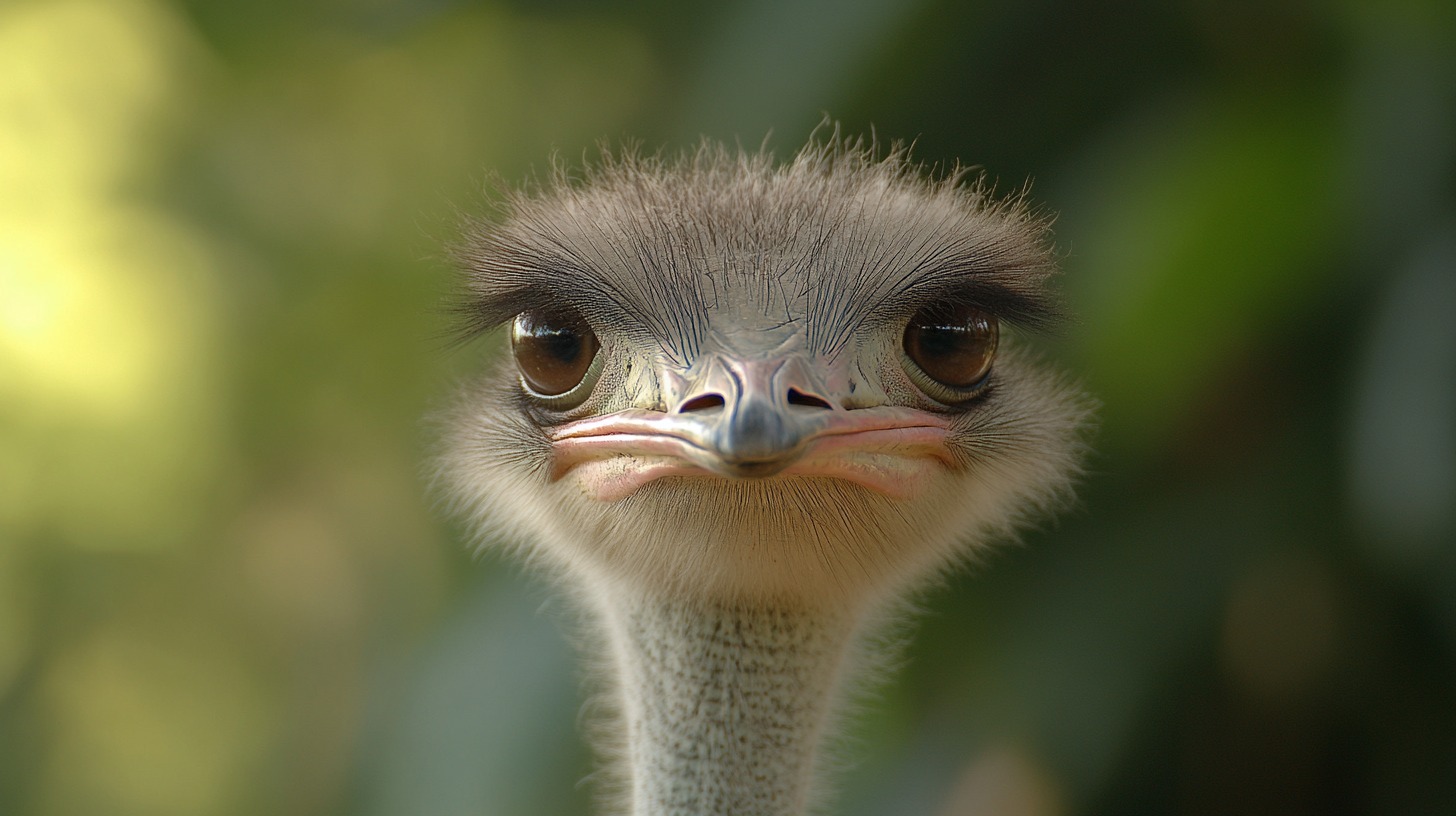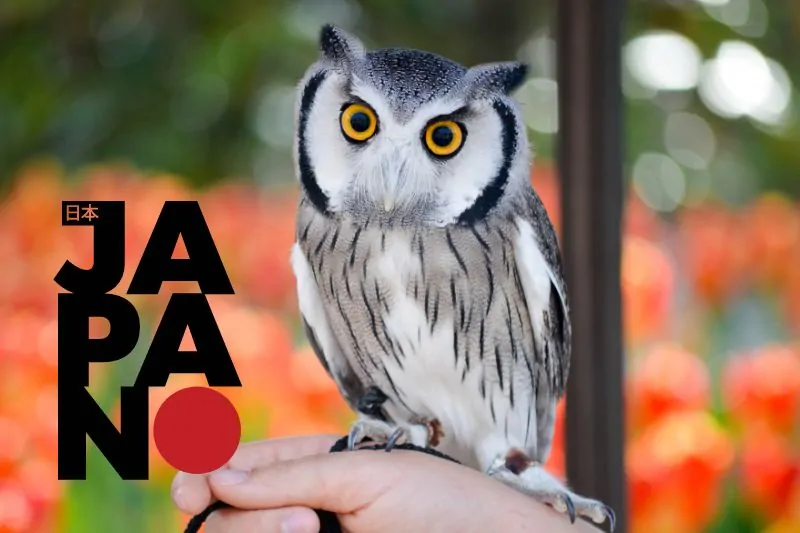
Share Post:
Japan is home to a diverse range of owl species, each with its unique characteristics and habitat preferences. Here’s a detailed look at the top 10 species of owls you can find in Japan.
Table of Contents
ToggleCollared Scops Owl (Otus bakkamoena)
The Collared Scops Owl is a small owl with prominent ear tufts and a distinctive collar-like marking around its neck. They inhabit forests, groves, and wooded areas in both urban and rural settings. These owls are known for their adaptability to different environments, making them one of the more commonly seen species in Japan.
- Habitat: Forests and urban areas
- Size: 20-25 cm
- Diet: Insects, small rodents, and birds
Japanese Scops Owl (Otus semitorques)
The Japanese Scops Owl is characterized by its small size and brownish-grey plumage. This species prefers wooded areas and can be found across the Japanese archipelago. Their call is a distinctive, soft hoot that can be heard during the night.
- Habitat: Woodlands and forests
- Size: 20-23 cm
- Diet: Insects, small mammals
Northern Hawk Owl (Surnia ulula)
Known for its hawk-like appearance, the Northern Hawk Owl has a long tail and short wings. It is a rare winter visitor to Japan, primarily found in the northern regions. This owl is diurnal, meaning it is active during the day, unlike most other owl species.
- Habitat: Boreal forests
- Size: 36-42 cm
- Diet: Small mammals and birds
Tawny Owl (Strix aluco)
The Tawny Owl is a medium-sized owl with a robust body and a rounded head. It has a varied diet and can adapt to different habitats, from forests to urban parks. Its call, a series of hoots, is a common sound in the Japanese countryside.
- Habitat: Forests, parks, and gardens
- Size: 37-43 cm
- Diet: Small mammals, birds, and insects
Ural Owl (Strix uralensis)
The Ural Owl is a large owl with a long tail and a round head without ear tufts. It prefers dense forests and mountainous areas and is known for its haunting, melancholic call. This owl is quite territorial and can be aggressive during the breeding season.
- Habitat: Dense forests and mountains
- Size: 50-59 cm
- Diet: Rodents, small birds, and insects
Blakiston’s Fish Owl (Bubo blakistoni)
One of the largest and most powerful owls, Blakiston’s Fish Owl is found in the northern parts of Japan, particularly Hokkaido. This owl has striking yellow eyes and powerful talons for catching fish, its primary diet. Its population is currently endangered due to habitat loss.
- Habitat: Riparian forests near rivers and streams
- Size: 60-72 cm
- Diet: Fish, small mammals, and birds
Eurasian Eagle-Owl (Bubo bubo)
The Eurasian Eagle-Owl is one of the largest owl species in the world. It has striking orange eyes and prominent ear tufts. This owl prefers remote and rocky areas, where it can hunt for a variety of prey. Despite its large size, it is known for its stealthy hunting techniques.
- Habitat: Rocky landscapes, forests
- Size: 65-75 cm
- Diet: Mammals, birds, reptiles
Brown Hawk Owl (Ninox scutulata)
The Brown Hawk Owl, also known as the Brown Boobook, is a medium-sized owl with no ear tufts and a hawk-like appearance. It is common in forests and urban areas across Japan. Its call is a series of rapid hoots, which can often be heard during the summer.
- Habitat: Forests, woodlands, and urban areas
- Size: 25-35 cm
- Diet: Insects, small birds, and mammals
Eastern Grass Owl (Tyto longimembris)
The Eastern Grass Owl is a medium-sized owl with long legs and a distinctive heart-shaped face. It inhabits grasslands and marshy areas, where it hunts for small mammals and insects. This species is less common and considered vulnerable due to habitat loss.
- Habitat: Grasslands and marshes
- Size: 32-40 cm
- Diet: Rodents, insects
Northern White-faced Owl (Ptilopsis leucotis)
The Northern White-faced Owl is a small owl with a striking white face and black borders around its eyes. It inhabits woodland and savanna areas. This owl is notable for its ability to change its appearance as a form of camouflage or intimidation.
- Habitat: Woodlands and savannas
- Size: 22-28 cm
- Diet: Insects, small rodents
Japan’s owls are a fascinating and diverse group, each adapted to their unique environments and playing crucial roles in the ecosystem. Whether you are a birdwatcher or a nature enthusiast, spotting these magnificent creatures in the wild is a remarkable experience.



